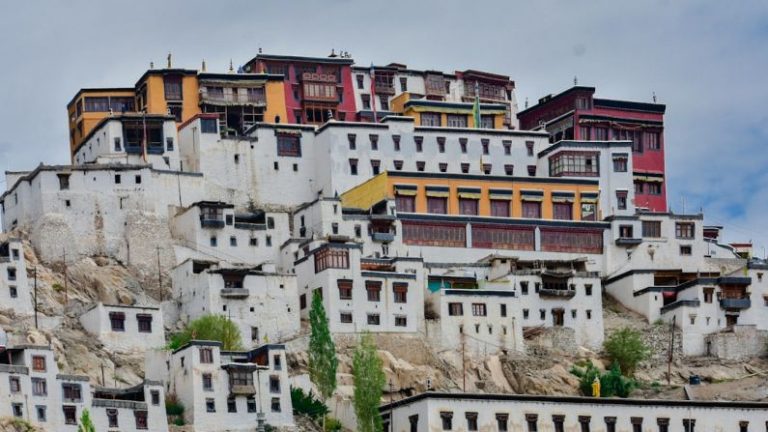What Are the Hidden Historical Gems of Brazil?

Brazil, known for its vibrant culture, stunning landscapes, and bustling cities, is a country rich in history. While iconic sites like Christ the Redeemer in Rio de Janeiro and the Amazon Rainforest often steal the spotlight, there are many hidden historical gems scattered throughout this vast and diverse nation. These lesser-known treasures offer a glimpse into Brazil’s fascinating past and provide a unique perspective on its rich cultural heritage. From colonial towns frozen in time to ancient rock art sites, Brazil is a treasure trove of historical wonders waiting to be discovered.
Colonial Towns: Preserving the Past
Nestled amidst Brazil’s modern cities are charming colonial towns that have preserved their historic architecture and traditions. One such hidden gem is Ouro Preto, a UNESCO World Heritage Site located in the state of Minas Gerais. Founded in the 17th century, Ouro Preto was once a booming mining town and served as the colonial capital of the region. Today, visitors can wander the cobblestone streets lined with colorful colonial buildings and admire the baroque churches adorned with intricate gold leaf interiors. The town’s well-preserved architecture offers a glimpse into Brazil’s colonial past and provides a serene escape from the hustle and bustle of modern life.
Ancient Rock Art: Uncovering Indigenous Heritage
In the remote Serra da Capivara National Park in northeastern Brazil lies a hidden treasure trove of ancient rock art dating back thousands of years. The park is home to one of the largest and oldest concentrations of rock paintings in the Americas, with intricate designs depicting scenes of daily life, rituals, and wildlife created by the region’s indigenous peoples. These fascinating artworks offer a window into the rich cultural heritage of Brazil’s indigenous populations and provide valuable insights into their way of life. Visiting Serra da Capivara is a journey back in time, allowing visitors to connect with Brazil’s ancient past in a truly immersive way.
Cultural Museums: Preserving Brazil’s Diverse Heritage
Brazil is home to a myriad of museums dedicated to preserving and showcasing the country’s diverse cultural heritage. One standout museum is the Museu de Arte Sacra in Salvador, Bahia, which houses an impressive collection of religious art and artifacts spanning centuries of Brazilian history. The museum’s exhibits offer a glimpse into the country’s complex religious and cultural traditions, highlighting the influences of indigenous, African, and European cultures on Brazil’s artistic heritage. By exploring these cultural institutions, visitors can gain a deeper understanding of Brazil’s multifaceted identity and appreciate the richness of its historical tapestry.
Historic Fortresses: Guardians of the Past
Along Brazil’s vast coastline, hidden fortresses stand as silent sentinels of the country’s tumultuous past. Fortaleza de Santa Cruz da Barra, located in Niterói, Rio de Janeiro, is one such fortress with a storied history dating back to the 16th century. Originally built to defend against foreign invaders, the fortress played a crucial role in protecting Brazil’s shores during times of conflict. Today, visitors can explore the well-preserved fortifications, cannons, and underground tunnels while soaking in panoramic views of Guanabara Bay. These historic fortresses serve as reminders of Brazil’s resilience and the importance of preserving its cultural heritage for future generations to appreciate.
Uncovering Brazil’s Hidden Historical Gems
Brazil’s hidden historical gems offer a glimpse into the country’s rich and diverse past, providing a deeper appreciation for its cultural heritage. From colonial towns frozen in time to ancient rock art sites and historic fortresses along the coast, these lesser-known treasures shed light on different aspects of Brazil’s fascinating history. By exploring these hidden gems, visitors can embark on a journey of discovery, connecting with the stories and traditions that have shaped this vibrant nation. So, next time you find yourself in Brazil, venture off the beaten path and uncover the hidden historical gems that make this country truly unique.





